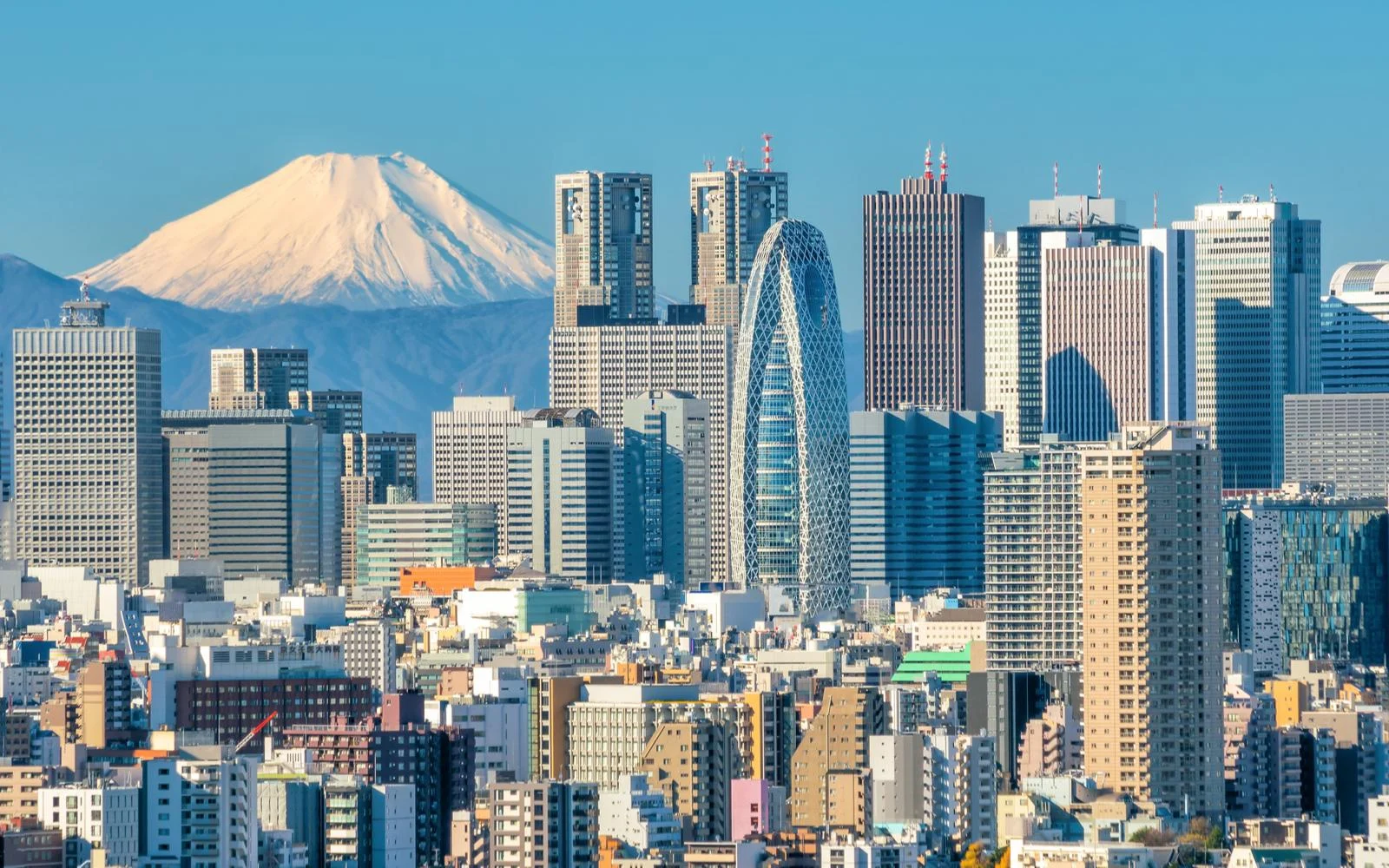What's the best time to visit Tokyo?
The best time to visit Tokyo is in spring for cherry blossom viewing or fall for vibrant foliage and festivals. Spring offers festive events amid fragrant blossoms, attracting many visitors, while fall is quieter with colorful parks and cultural celebrations. Both seasons boast mild weather and unique experiences, from picnics under blooming trees to traditional moon-viewing parties.
Tokyo, the capital of Japan, is one of the most popular tourist destinations, not just in the country but in the world. Tokyo has been the capital of Japan since the 19th century, so it has important historical buildings like the Senso-ji Temple.
However, the main attractions of the city are decidedly more modern, like the street food of Harmonica Yokocho, the shopping of Harajuku, and the many museums and cultural venues.
No visit to Tokyo is complete without testing your nerves at the Shibuya Crossing. This bustling modern city is a must-visit stop on any trip to Japan. Find out when the best time to visit Tokyo is in our quick, helpful guide!
The Overall Best Time to Visit Tokyo
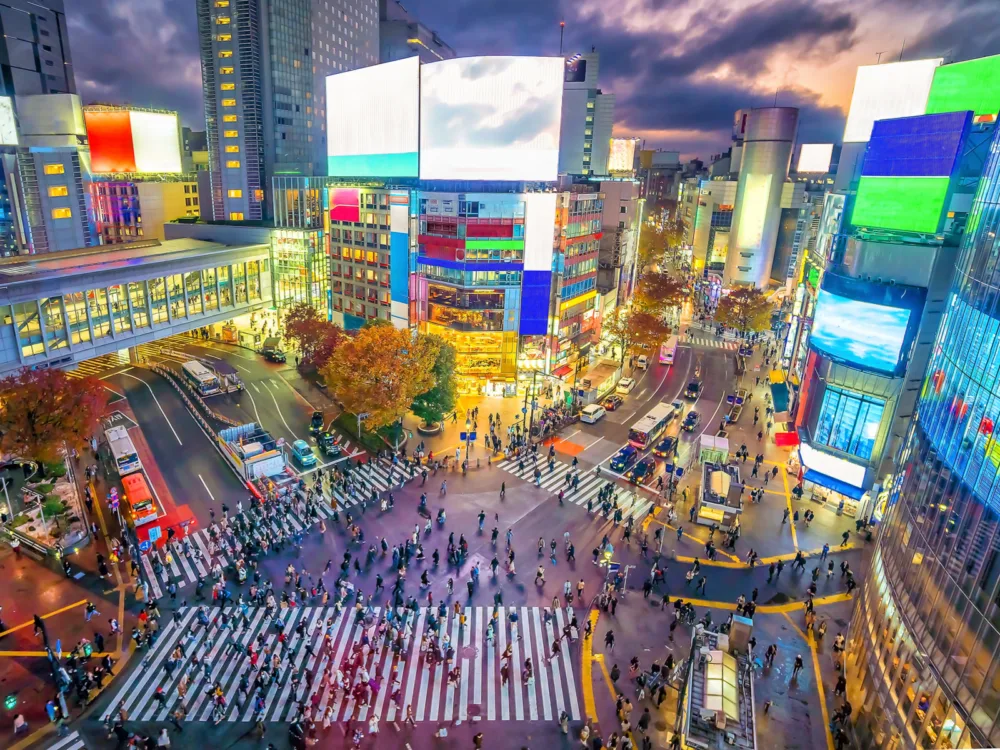
f11photo/Shutterstock
The best times to visit Tokyo are the spring (March–April) and fall (September–October), thanks to their prolific festival seasons and excellent weather.
Tokyo has a temperate climate with four distinct seasons. While summer and winter can have extreme temperatures, weather in the spring and autumn is fairly mild. Average high temperatures in April are a pleasant 65 degrees Fahrenheit.
Fall is a bit warmer, with temperatures in September at around 80 degrees and 70 degrees in October. Both seasons tend to be mostly sunny. Spring in Tokyo brings one of the best times of the year—cherry blossom season.
These trees flower in late March or early April (trees are not bound by calendar dates, so the exact time changes every year).
This is one of the most important seasons in Japan, so much so that the official Japanese Meteorological Corporation publishes blossom forecasts so people know when to visit.
During cherry blossom season, Tokyo is at its prettiest, with fragrant flowers all throughout the city. Expect accompanying events like illuminated gardens, picnics, rowboat excursions, and hanami (flower-viewing) parties.
You should also expect lots of crowds, but it’s worth it for the beauty. Autumn is also very beautiful but far less crowded than the spring. The changing fall foliage means that Tokyo’s legendary green spaces, like Ueno Park, are at their most beautiful.
Around the tori, or traditional Shinto gates, expect fairs and other celebrations honoring the changing foliage. The fierce colors last well into November, thanks to the changing ginkgo leaves, and some parks even illuminate their trees at night.
Fall is also peak time for festivals in Tokyo, with plenty of traditional and modern events to occupy your time.
In early September, it’s time for Tsukimi, or the traditional Mid-Autumn Harvest Moon Festival. Try to attend a moon-viewing party, eat traditional moon dumplings, or test your fitness at Tokyo Tower’s Moon-Viewing Stair Walk.
Other great events include:
- Tokyo International Film Festival (biennially, October)
- Halloween (October 31st)
- Culture Day (November 3rd)
- Shichi-Go-San (November 15th)
Cheapest Time to Go to Tokyo
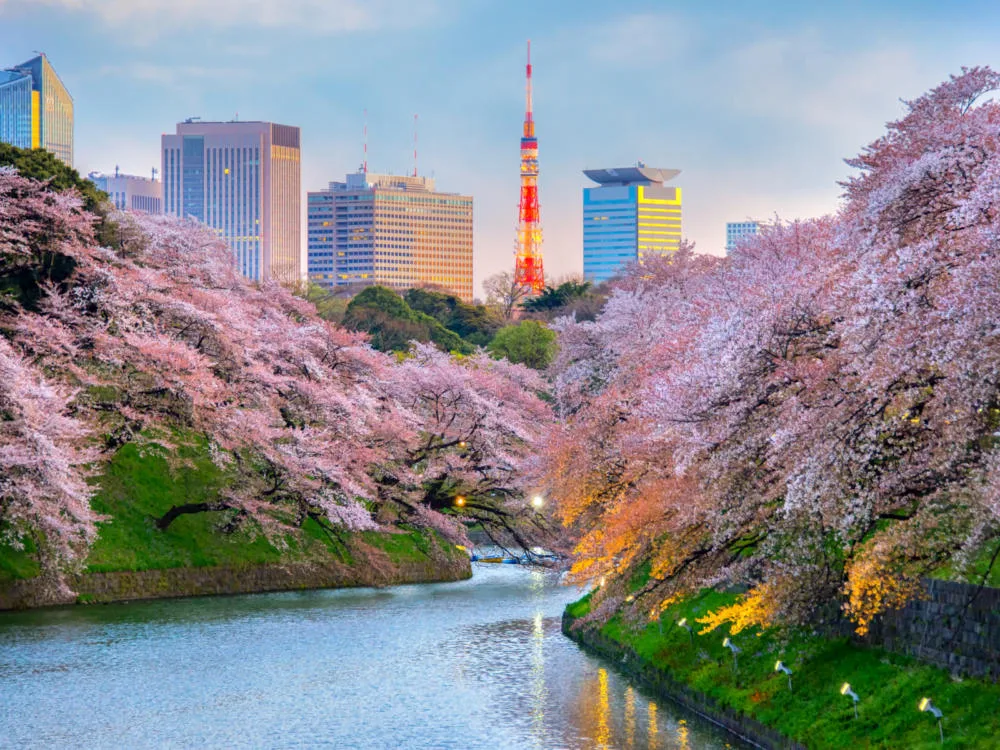
Phattana Stock/Shutterstock
The cheapest time to visit Tokyo is during the winter (December–February) when you can get deals on most major expenses. Not all of winter has equal bargains.
Around New Year’s is a very popular time for travel, both for domestic and international visitors, so expect high hotel prices and big crowds. Plus, many businesses in the capital close for a few days around New Year’s.
While it’s a great time for a party, it’s not the best time to visit for savings. Other than that, this chillier period brings many discounts. By early December, you can find 20%–30% discounts even on centrally-located hotels in the city.
Accommodation gets even cheaper in the true depths of the winter season, from mid-January to February. This is also the best time to get to Tokyo. Unless you’re traveling from a nearby Asian country, flights are going to make up a huge chunk of your expenses.
To save money on this expense, visit in January or February, when flights are cheapest due to lower demand. Japan Airlines also has sales in late December and January.
If you’re planning to visit other parts of Japan or go on day trips, then the cheapest time to take the Shinkansen, or bullet train, is during off-peak seasons since the train company charges reservation surcharges during regular or peak seasons.
From January 16th to the end of February, train tickets are the cheapest they are all year.
Least Busy Time to Visit Tokyo
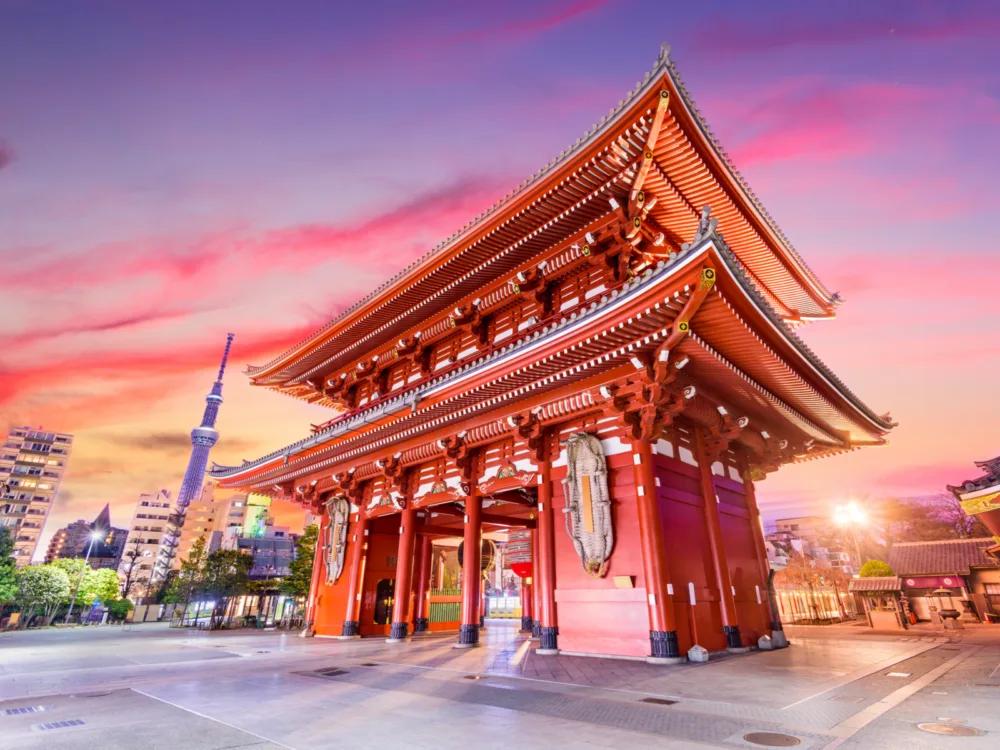
Sean Pavone/Shutterstock
The least busy time to visit Tokyo is in the winter, from November until late February. The city can get quite cold during the winter, so you’ll have to bundle up if you visit during this time.
While high temperatures in January average about 49 degrees Fahrenheit, at night, temperatures get close to freezing, and you can even see snow.
This isn’t the best time of year to explore Tokyo’s parks, whose trees are bare, but the good news is Tokyo has plenty of indoor attractions. This is a great time to explore the city’s museums, like the Ghibli Museum, or go shopping.
Temperatures are fairly mild in the middle of the day, so you can even walk around the city and experience fewer crowds (although this is the most populous city in the world, so you never truly have it to yourself).
Even though winter is the slower season, that doesn’t mean Tokyo’s cultural calendar slows down at all.
Popular events include:
- Tokyo Comic Con (December)
- The Emperor’s Birthday (February 23rd, featuring a rare opportunity to visit the imperial palace)
- Sagamiko Illumillion (all winter long)
Winter is also home to Tokyo’s best-kept secret—the Plum Blossom Festival. If you want to see fragrant blossoms but avoid the crowds of cherry blossom season, visit in February when the plum trees start blooming.
Expect gorgeous flowering trees at shrines and parks throughout the city, fairs, and other celebrations without having to elbow your way through like you would during cherry blossom season.
Worst Time to Visit Tokyo
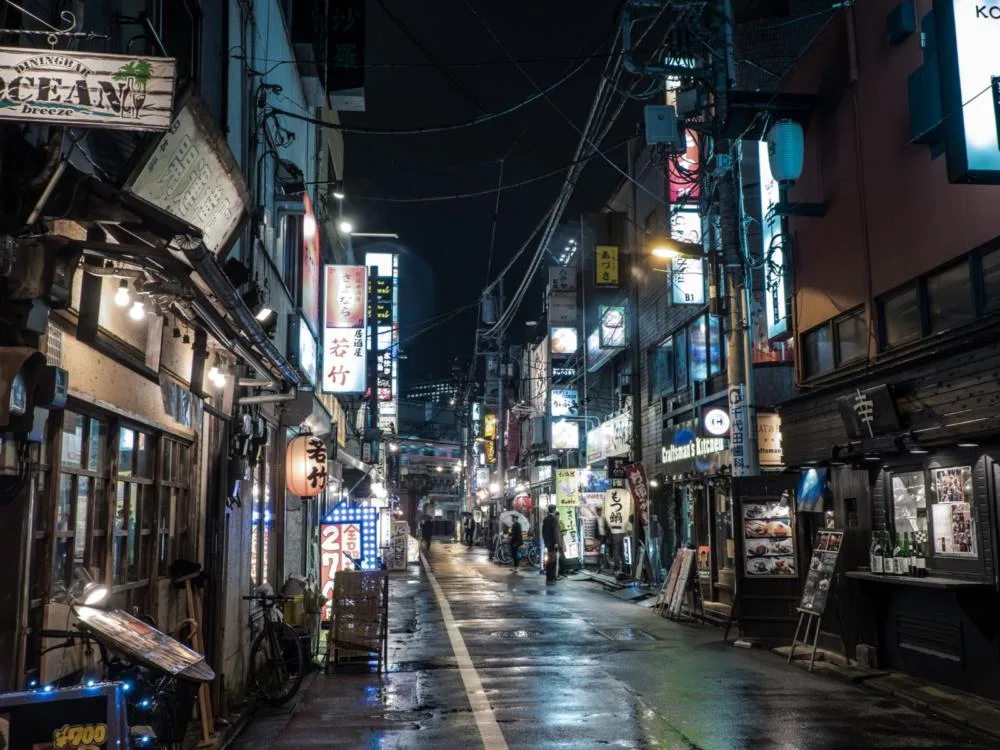
Antonia Polushkina/Shutterstock
The worst time to visit Tokyo is the summer (June–August), which gets very humid and also has a lot of crowds. Tokyo’s summers are so unbearably hot and humid that they are a frequent topic of small talk among distressed office workers.
Average high temperatures in August are around 86 degrees Fahrenheit, but the days feel even hotter due to the high humidity. Summer is also Tokyo’s rainiest season.
Rains peak in June, which has a 48% chance of rain on any given day, and continue into early September. Even on days when it doesn’t rain, the humidity levels remain high. This is hardly ideal weather for exploring outside, especially considering the city is crowded with other sweaty bodies.
Summer in Tokyo is made bearable by the many festivals, like:
- Yebisu Beer Fest (June)
- Sanno Matsuri (biennially in June)
- Sumidagawa Fireworks Festival (July)
Summer is one of the most popular times for travel to Japan since many visitors take advantage of summer vacation time. However, June is a bit of a shoulder season as the spring peak season ends and the summer rush hasn’t started yet, so you can find hotel discounts.
Frequently Asked Questions
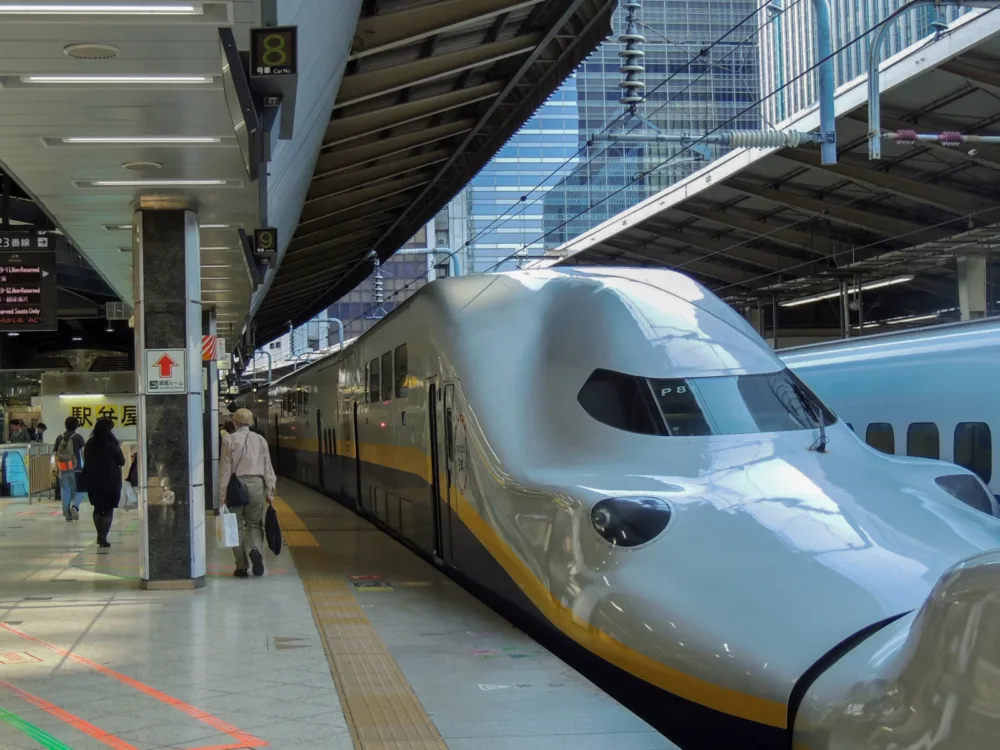
M.Toth/Shutterstock
Here are just a few of the most common questions about picking the best time to visit Tokyo:
What is the best month to go to Tokyo?
October is the best month to go to Tokyo, thanks to its mild, dry weather, foliage displays, and more manageable crowd levels.
What month is the best time to visit Japan?
March-May and September–November are the best months to visit anywhere in Japan because temperatures are milder, and the countryside is bedecked either with foliage or flowers.
What are the cheapest months to go to Tokyo?
January and February are the cheapest months to go to Tokyo and form the city’s off-season. Expect lower rates on hotels, airfare, and trains.
What is the off-season in Tokyo?
Winter (December–March) is the off-season in Tokyo. The colder weather keeps many tourists away, except for the period around New Year’s.
What is the rainy season in Tokyo?
The rainy season in Tokyo lasts from June to July, but you can expect plenty of rain in August and September as well. The weather is also hot and humid.
So, What’s the Best Time to Visit Tokyo?
Tokyo is at its best in the spring and fall, when temperatures are mild and the weather is pleasant. Spring is when the cherry trees blossom, while fall has its own colorful display, thanks to the foliage.
So, with so much to see and do and plenty of amazing times to go, what are you waiting for — book your trip today and experience for yourself all that Tokyo has to offer. Happy travels!



